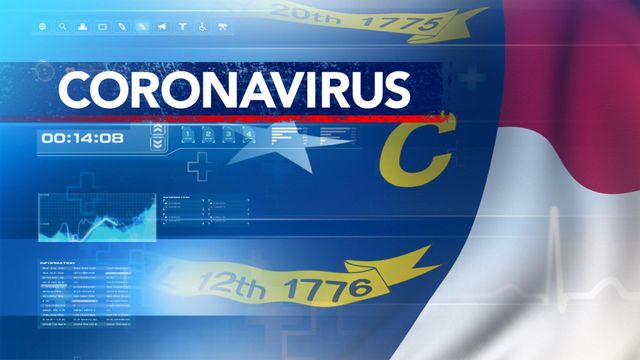No second coronavirus wave in NC because state still not done with first one, experts say
New coronavirus infections nationwide have jumped 14 percent over the last week in what could signal a second wave of the pandemic sweeping across the country this fall.
By contrast, new cases in North Carolina rose by only 4 percent during the same week. But infectious disease experts say that's only because the state never left its first wave of the virus.
The number of infections in North Carolina has remained stable for a number of days, with the daily average over the last week at 1,237. But that number is still far above where officials would like to see the trend line, demonstrating that the state continues to struggle to get an upper hand on reducing transmission.
"We did see a decrease during part of August, but now we are seeing an increase again statewide," said Pia MacDonald, an epidemiologist with RTI International in Research Triangle Park. "In some ways, this could be considered a partial second wave, but we never got the outbreak under control in North Carolina."
Compared with North Carolina's relatively flat curve, New York, which was the epicenter of the pandemic in the U.S. for much of the spring, now averages only 186 new cases a day.
"The sheer number [of new cases in North Carolina] that we have every day makes us very much at risk for rapid, rapid, explosive growth of this outbreak," MacDonald said
She and Dr. Daniel Benjamin, a pediatric infectious diseases specialist at the Duke University School of Medicine, said COVID-19 fatigue could be to blame.
"When I travel through areas of North Carolina, I see extremely variable adherence to masking," Benjamin said. "There’s no downside and incredible upside to wearing your mask when you leave your house."
The colder months ahead will come with challenges, Benjamin said, including less distancing, indoor sports and indoor exercise. Combine that with the seasonal flu, and he said wearing a mask becomes even more critical.
"This winter, wearing a mask will become more important, and I think that masking will become much more a part of our culture not just in 2020, but 2021 and beyond," he said.
Masks are being credited with significantly reducing flu transmission in the Southern Hemisphere. MacDonald noted that Australia credits a 90 percent reduction in influenza this winter to masks.
"What I'm most concerned about is people changing their behavior. I'm not as concerned about the virus," she said. "People need to get better than what they are doing right now. That’s the bottom line in North Carolina."
"If Americans will get their flu vaccine and if we will wear a mask, we should have a reasonable winter," Benjamin said. "If we don’t, we are going to be in for a pretty difficult winter."











